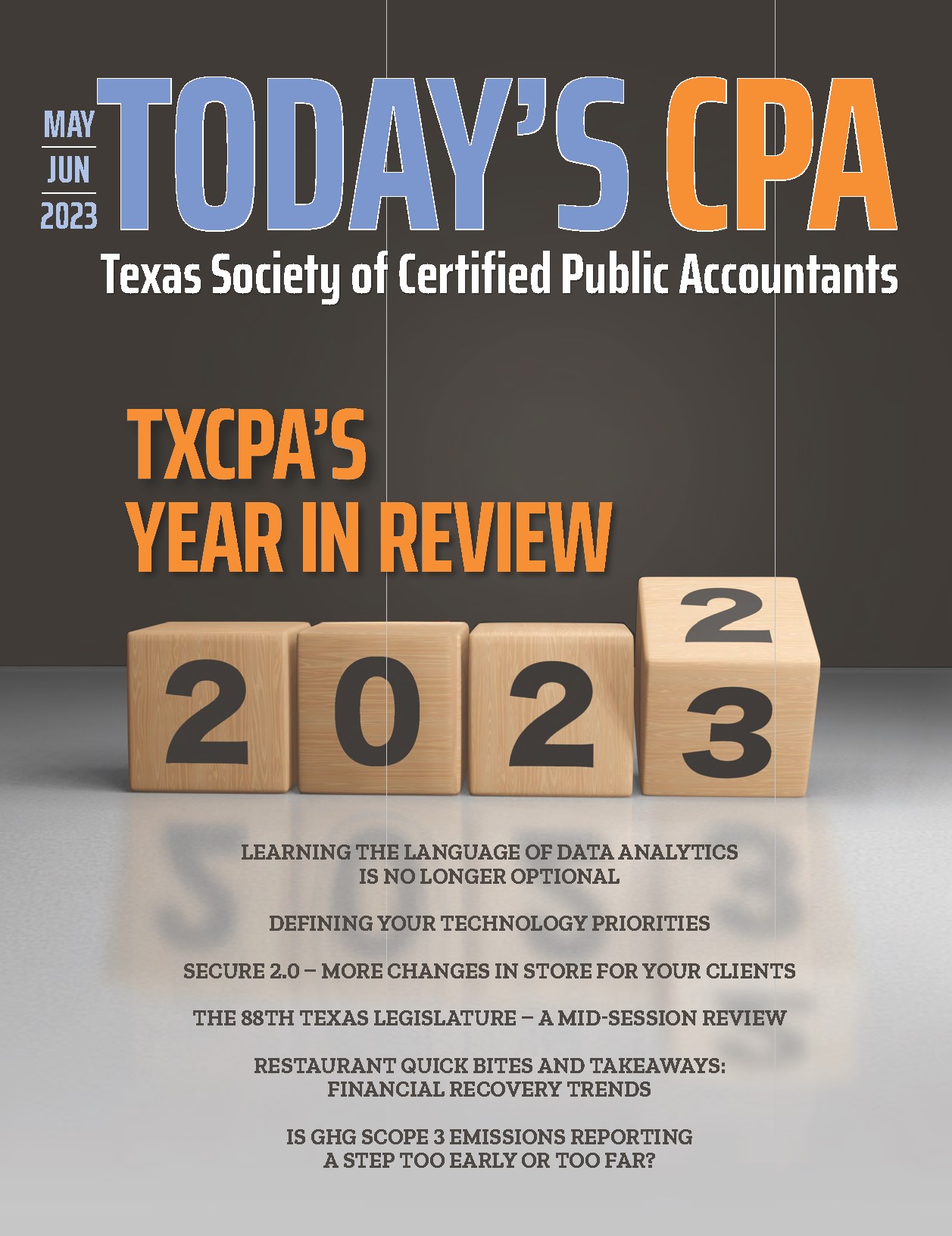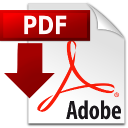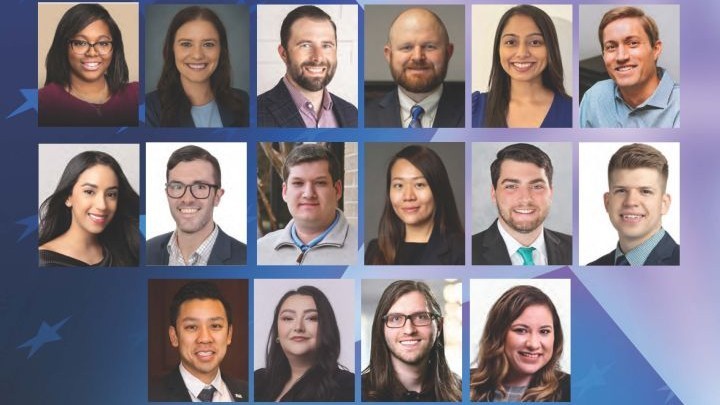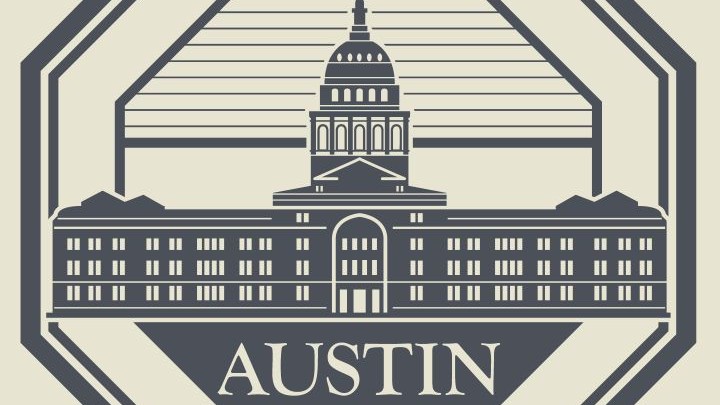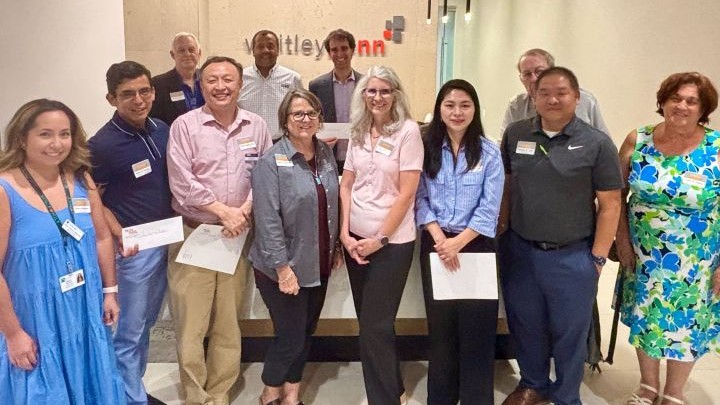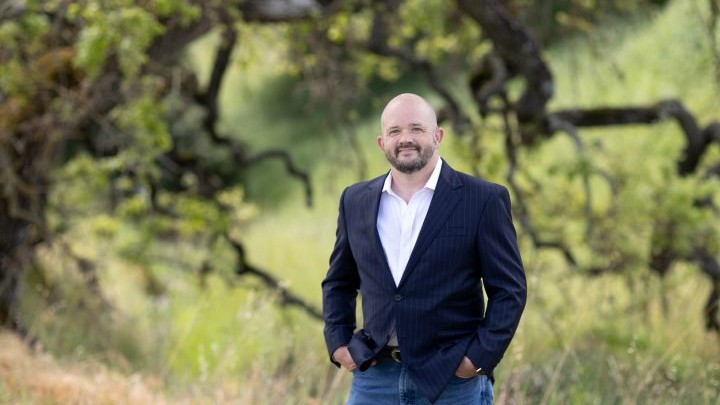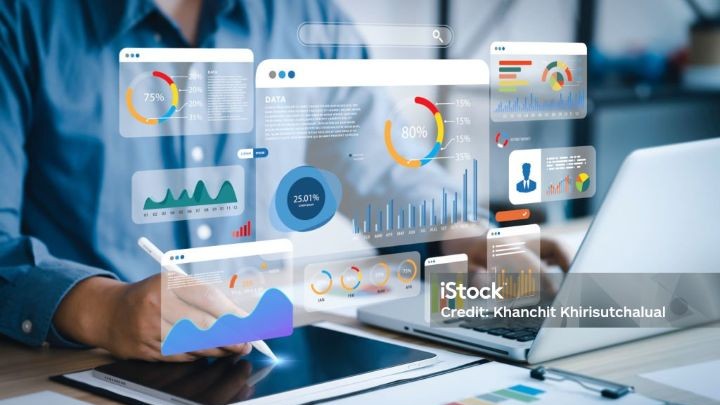SECURE 2.0 – More Changes in Store for Your Clients
By Timothy S. Thomasson, CPA, MTAX, and Campbell S. Thomasson, CPA, MACC
At the end of 2019, Congress enacted the Setting Every Community Up for Retirement Enhancement Act of 2019 (SECURE 2019), containing 30 provisions primarily designed to preserve and expand options for retirement savings.
This past December, while Americans were dealing with a raging winter storm and airline delays, Congress passed the Consolidated Appropriations Act of 2023, an omnibus federal spending bill. President Biden signed the bill on December 29, 2022. This bill includes the Setting Every Community Up for Retirement Enhancement Act 2.0 (SECURE 2.0 or The Act). SECURE 2.0 represents an ambitious follow-up to its predecessor, containing over 90 provisions that impact employer-provided retirement savings accounts and/or individual retirement accounts (IRAs).
Enhancing Participation in Retirement Savings Accounts
Expanding Automatic Enrollment
SECURE 2.0 contains several provisions designed to increase participation in retirement savings accounts by employees and self-employed individuals. One issue being addressed by SECURE 2.0 relates to
employees who have not taken definitive steps to participate in plans offered by their employers. The Act adds IRC Section 414A, requiring 401(k) and 403(b) plans to automatically enroll participants once becoming eligible.
Employee contributions in a participant’s initial year of participation must be at least 3% but not more than 10% of eligible compensation. Beginning the first day of each plan year thereafter, the contribution must increase by 1 percentage point, until it reaches at least 10% but not more than 15%. Employees must affirmatively elect if they choose not to participate.
401(k) and 403(b) plans existing prior to the enactment date of SECURE 2.0 are grandfathered, as are SIMPLE 401(k), church and governmental plans. Exemptions also apply to small businesses with 10 or fewer employees, and businesses in existence for less than three years. This provision of SECURE 2.0 is effective for plan years beginning December 31, 2024.
Employer Matching Contributions for Student Loan Payments
A difficult decision many employees make is to postpone retirement saving while repaying student loans. One opportunity cost of this decision is foregoing employer matching
contributions.
Effective for plan years beginning after December 31, 2023, employers can make matching contributions to 401(k), 403(b) and SIMPLE IRA plans for “qualified student loan repayments.” The Act broadly defines “qualified student loan repayments” as the repayment of any indebtedness incurred by the employee to pay higher education costs.
Higher Catch-up Limits Coming Soon
Defined contribution retirement plans can allow participants who are at least age 50 to make contributions in excess of the normal limits. For example, the annual dollar limit for 2023 on catch-up
contributions to a 401(k) or 403(b) plan is $7,500, while the limit for a SIMPLE IRA plan is $3,500.
Beginning in 2025, SECURE 2.0 adds a special catch-up provision for those individuals even closer to retirement. For individuals ages 60 to 63, the catch-up limit for 401(k) and 403(b) plans increases to the greater of $10,000 or 50% more than the regular catch-up amount for 2024. The Act increases the catch-up contributions for SIMPLE IRAs to $5,000. This amount will be increased for inflation in later years.
A note of caution: See discussion below for the requirement that catch-up contributions be made to Roth accounts for certain taxpayers.
Taxpayers will also see an increase in catch-up amounts to traditional and Roth IRAs. Under current law, contributions by a taxpayer 50 or over is increased by $1,000. However, this amount is not indexed for inflation. SECURE 2.0 indexes such amount, effective for tax years beginning after December 31, 2023.
Saver’s Credit Now a Saver’s Match
Before SECURE 2.0, eligible individuals who contributed to a qualified retirement plan, such as an IRA or 401(k) plan, were eligible for a nonrefundable tax credit based on a percentage
of their contributions. Effective for tax years beginning after December 31, 2026, SECURE 2.0 replaces the nonrefundable tax credit with a federal matching contribution, limited to 50% of personal retirement contributions up to $2,000 per individual
(Saver’s Match).
The Saver’s Match must be deposited directly into the taxpayer’s IRA or retirement account. The Saver’s Match phases out from $41,000 to $71,000 of taxable income for individuals married filing jointly, from $30,750 to $53,250 for those filing head of household, and from $20,500 to $35,500 for those filing single or married filing separately.
Additional Relief from 10% Early Withdrawal Penalty
Taxpayers may be reluctant to contribute towards retirement savings accounts for fear of needing access to funds for emergency situations. Unless an exception applies,
a 10% early withdrawal penalty is imposed on distributions from tax-deferred retirement accounts received before age 59½.
Several exceptions to this penalty already exist. SECURE 2.0 provides an additional exception for distributions used for unforeseeable or immediate financial needs relating to personal or family expenses. Only one distribution per year (up to $1,000) is allowed. The taxpayer is allowed to repay the distribution over three years. No additional emergency distributions are permissible for three years unless repayment is made.
The Act also expands exceptions to the penalty to include distributions due to terminal illness, domestic abuse and natural disasters. The exceptions for emergency needs and domestic abuse begin for tax years beginning after December 31, 2023. The exceptions for qualified disasters and terminal illness are effective immediately.
More Coverage for Part-Time Workers
A report by the Transamerica Center for Retirement Studies indicated that employers only offered 51% of employees working part-time participation in retirement plans, compared to 77% of full-time
employees. SECURE 2019 required employers to allow long-term, part-time workers to participate in 401(k) plans.
Specifically, part-time employees became eligible for participation once (1) completing three consecutive years of service working at least 500 hours and (2) obtaining age 21. SECURE 2.0 modifies this rule by reducing the three-year requirement to two years and extends coverage for part-time workers to 403(b) plans subject to ERISA.
Increasing Employer’s Options in Offering Retirement Savings Accounts
Starter 401(k) Plans Remove Common Barriers to Plan Sponsorship
Many employers, especially smaller employers, cannot incur the administrative burden and cost of providing employees with retirement
vehicles. SECURE 2.0 allows employers not already maintaining a qualified plan to offer a “starter 401(k) deferral-only arrangement.”
Under a starter 401(k) plan, all eligible employees are automatically enrolled at a deferral rate not less than 3% but not to exceed 15%. The deferral rate must be applied uniformly to all employees. An employee can elect not to participate. The employer itself does not make any contributions (matching or otherwise) to the plan. The aggregate amount of employee deferrals is tied to the contribution limits for IRAs. For 2023, this would be $6,500 plus $1,000 for individuals who have attained the age of 50 by the end of the year.
The Act also permits not-for-profit organizations to offer a “safe harbor 403(b) plan.” These plans have features like the starter 401(k) plans. Employers are exempt from costly non-discrimination testing.
The provisions for starter 401(k) and safe harbor 403(b) plans apply to years ending after December 31, 2023.
Expansion of Small Employer Pension Plan Startup Costs Tax Credit
Currently, the small employer pension plan startup tax credit is 50% of qualified administrative costs related to a plan’s first three years, with a cap of $5,000.
To incentivize even more small businesses giving their employees the opportunity to save for retirement, SECURE 2.0 increases the credit to 100% of qualified administrative costs, with the $5,000 cap remaining the same.
The increase in eligible percentage of qualified administrative costs from 50% to 100% only applies to small businesses with 50 or fewer employees. Businesses with 51 to 100 employees may still take advantage of the original 50% credit and businesses with greater than 100 employees are not eligible for the credit.
Additionally, SECURE 2.0 adds another credit for start-up pension plans, based on actual employer contributions. The new credit will be a percentage of employer contributions to the startup plan on a per-employee basis, with a cap of $1,000 per employee.
This credit is available in full for small businesses with 50 or fewer employees and is phased out for small businesses with 51 to 100 employees. Employers receive the full credit in the first two years of the plan, 75% in the third year, 50% in the fourth year, and 25% in the fifth year. The credit is no longer available after the first five years of the plan. Defined benefit plans do not have access to this credit. These expanded credits apply for tax years beginning after December 31, 2022.
Flexibility for Employer Matching Contributions to a Roth Plan
In eligible employer-sponsored retirement plans, such as a 401(k) or 403(b), employer contributions to an employee’s retirement
account have previously only been allowed to be made on a pre-tax basis. Those pre-tax contributions did not always fall in line with the character of the employee contributions, which are often to after-tax Roth accounts.
Under SECURE 2.0, employees can now elect to receive employer contributions on a Roth basis. These contributions would be on an after-tax basis.
Prior to the Act, employee contributions to Simple IRA plans and employer contributions to Simplified Employee Pension plans (SEP) could not be on an after-tax Roth basis. The Act now allows for contributions to Roth accounts. These changes are effective for tax years beginning after December 31, 2022.
Emergency Savings Accounts
As noted in the discussion of expanded penalty relief above, families often tap into retirement savings during times of urgent financial need. To promote continued retirement savings in this situation,
SECURE 2.0 introduces savings accounts that are linked to an employee’s pension plan.
Employers can automatically enroll non-highly compensated employees into these accounts at no more than 3% of their salary, capped at $2,500. Any excess contributions, to the extent they occur, go into the employee’s Roth defined contribution plan. Contributions to the emergency savings account, as well as excess contributions that are rerouted into retirement accounts, must all be made on an after-tax Roth basis. Upon separation of service, employees can either take their plan balance in cash or roll the balance over to a Roth-type plan or Roth IRA.
More Time to Fund Solo 401(k) Plans
SECURE 2019 allowed sole proprietors with no other employees to establish a Solo 401(k) plan. The sole proprietor is wearing two hats: the “employer” and “employee.” The
“employer” contribution is limited to 25% of the income from the business. The “employee” elective deferral is tied to the normal 401(k) rules.
For 2022, this amount was $20,500 for taxpayers under 50. A Solo 401(k) plan could be established for a plan year by the due date (before extension) for filing the tax return for that year (e.g., April 15, 2023, for the 2022 tax year). Employer contributions could be made by that same date and apply to the prior year. However, elective “employee” deferrals would have to be made by December 31 of the tax year.
SECURE 2.0 will allow a sole proprietor to fund the employee contributions by the initial due date of the return for the plan’s initial year. Employee deferrals for future years will still need to be made by December 31.
Small Financial Incentives for Contributing to a Plan
Employer matching contributions are designed to encourage an employee to participate in a qualified plan. However, prior to SECURE 2.0, employers were prohibited from providing
small incentives like gift cards to encourage participation. Effective immediately, employers can now offer de minimis incentives to encourage participation.
Preserving Savings Longer Through Retirement
Delay in Start of Required Minimum Distributions
Under current law, required minimum distributions generally must start at age 72, increasing the likelihood participants spend retirement savings during their lifetime. Congress recognized
that many individuals were working longer, meaning they were required to start accessing funds prior to the need for such funds.
SECURE 2.0 pushes the age for mandatory distributions back to 73 starting on January 1, 2023 (for participants who attain age 72 after December 31, 2022). The date for required minimum distributions gets pushed to age 75 starting on January 1, 2033 (for individuals who attain age 74 after December 31, 2032).
Surviving Spouse Election to Be Treated as Employee
Effective for tax years beginning after December 31, 2023, the Act permits a surviving spouse who is the designated beneficiary of a deceased employee’s qualified
retirement account to elect to be treated as the deceased employee for purposes of the required minimum distribution rules. Prior to this provision, a surviving spouse had to roll the balance in the qualified retirement account into an IRA to receive
the more favorable distribution period.
Rollovers from 529 Plans to Roth Accounts
Section 529 plans are a vehicle millions of Americans use to help save for college education costs of a designated beneficiary. Often, not all the funds in a 529 plan are needed. This can
happen if the plan growth exceeds expectations, or a beneficiary receives scholarships or does not attend college.
For distributions after December 31, 2023, SECURE 2.0 allows beneficiaries to rollover up to $35,000 of excess 529 Plan funds to Roth IRAs throughout their lifetime. The 529 Plan must have been open for at least 15 years and the rollovers are still subject to the annual Roth IRA annual contribution limit.
Revenue Provisions
Roth Requirement for Catch-up Contributions
As discussed above, individuals 50 or older can make additional “catch-up contributions” to qualified retirement plans (currently $7,500 as of 2023) on either a pre-tax or after-tax
Roth basis (if their employer offered a Roth-type qualified plan). SECURE 2.0 requires that all individuals with taxable income over $145,000 (to be increased annually for inflation) in the previous calendar year must contribute their catch-up contributions
to a Roth-based plan.
Accordingly, these catch-up contributions will be on an after-tax basis. Employers not offering Roth-based options will be required to do so in order to continue to permit catch-up contributions. This provision is effective for tax years beginning after December 31, 2023.
Optional Treatment of Employer Contributions as Roth
We discussed above that employers can now offer the option to have matching or non-elective contributions made to a Roth-type account. Accordingly, these contributions would be
on an after-tax basis. Also, SECURE 2.0 permits employee contributions to a Simple IRA, and employer contributions to a SEP, to now be on a Roth basis. While having these options increases flexibility, they serve as a short-term revenue raiser.
Hardship Withdrawals for 403(b) Plans
Prior to the Act, the hardship withdrawals for participants in 403(b) plans were more restrictive than for 401(k) plans. SECURE 2.0 conforms the 403(b) rules to the 401(k) plans. While facilitating
the early withdrawal of retirement funds may be contradictory to encouraging savings, this provision alleviates concerns regarding inaccessible funds and serves as a revenue raiser.
SECURE 2.0 is a continuation of, and in many cases an expansion of, SECURE 2019. With 92 new or modified retirement provisions, practitioners are encouraged to review the entire Act for potential application to their clients.
About the Authors: Timothy S. Thomasson, CPA, MTAX, is Graduate Program Director and an associate clinical professor in the Hankamer School of Business at Baylor University. He is also a practicing CPA. He can be reached at Timothy_Thomasson@baylor.edu.
Campbell S. Thomasson, CPA, MACC, is a graduate of Baylor Unversity and a practicing CPA. He has prior work experience at Ernst & Young LLP and Cain Watters & Associates. He is pursuing his Ph.D. starting Fall 2022. He can be reached at Campbell_Thomasson@yahoo.com.
